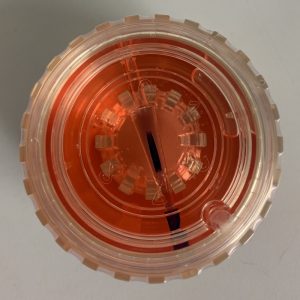Pre-stripped and pre-loaded DMEK
Is pre-cut tissue the future of endothelial surgery

Dermot McGrath
Published: Sunday, September 1, 2019
 William Barry Lee MD, FACS
William Barry Lee MD, FACS Preloaded, prestained DMEK tissue with prestamped “S”
on the tissue in cold storage Optisol GS solution
Preloaded, prestained DMEK tissue with prestamped “S”
on the tissue in cold storage Optisol GS solution